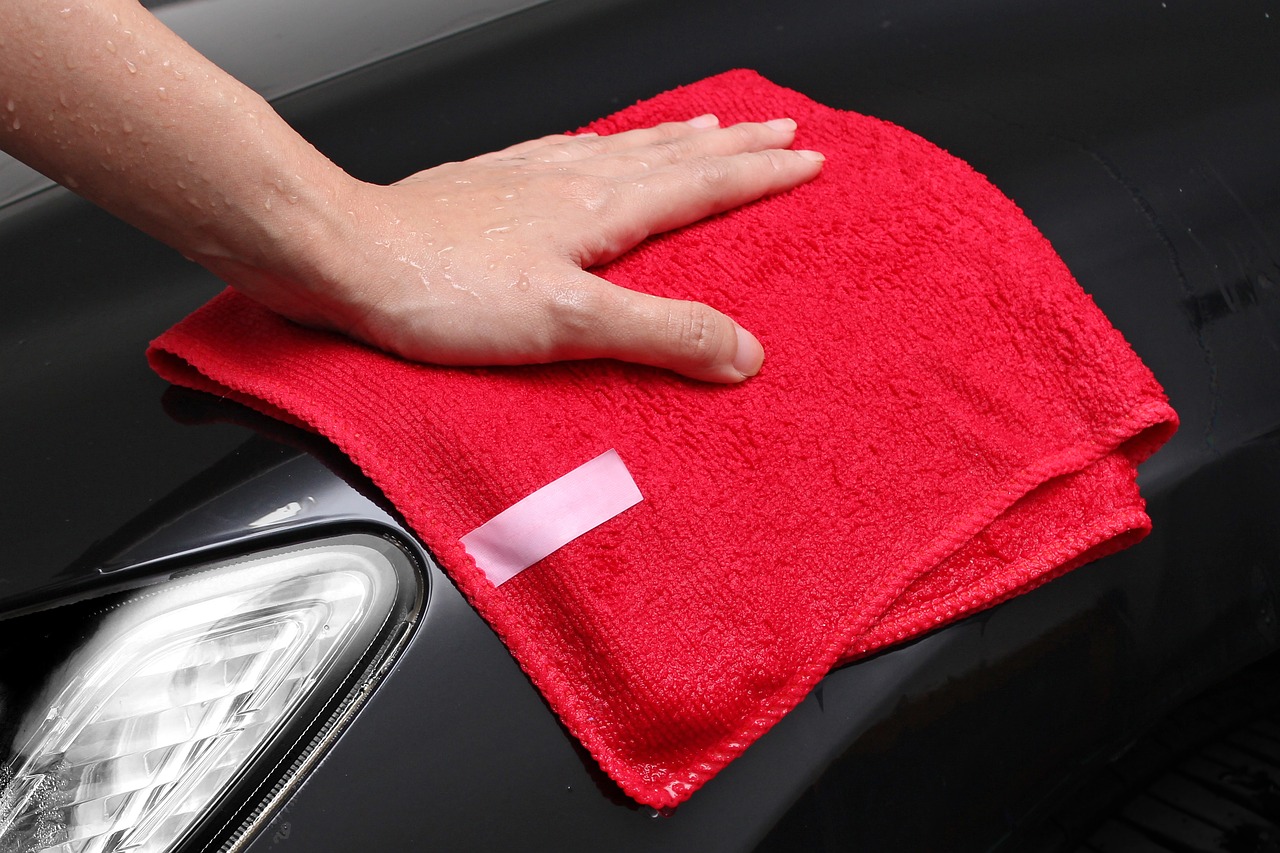
Some of your favorite and warmest sweaters may be fleece or microfiber style garments. Imagine your surprise when you learn that these items are polluting our environment! How can one garment made of fabric be polluting the environment?
Microfibers have a lot of great uses. They’re soft, they help cut down on contamination, and they can keep you from scratching delicate items like screens and glass if you clean with them. They make comfortable shirts, jackets, and sweaters. However, there’s a big problem with microfiber items, and you may not have put much thought into it. “Microfiber” fabric is a man-made item, meaning it is a synthetic fabric. It is created by the use of tiny plastics.
How can you microfiber fleece jacket be polluting the environment when it’s in your home?
Here’s what happens: every time you put your microfiber item through the wash, tiny fibers are freed from the fabric, and wash down the drain. Since these fibers are plastic, they don’t break down like natural fibers. Instead, they enter the water system. They’re so tiny that they can actually pass through water treatment systems without being filtered out. They also have a tendency to bind with harmful pollutants in wastewater, which makes them even more dangerous. It’s one thing for people and animals to be digesting plastic fibers, but it’s another thing to be ingesting plastic fibers with harmful chemicals attached to them.
We have only begun to understand the magnitude of an effect that this sort of pollution has on the oceans and everything that digests these fibers.
What can you do?
It’s hard to try to be conscious of every effort to reduce your impact on the world when it comes to polluting. You recycle, you try to pick up trash you find on the side of the road, you turn off lights when not in use. We know it’s difficult to be mindful sometimes, but knowing is half the battle.
- Try to choose garments that are made of natural materials like cotton or wool.
- Try to avoid “fleece” items like polyester.
- Wash synthetic cloth items less frequently, if possible.
- Use a cold wash setting to help reduce the amount of fibers lost.
- If cleaning out a lint trap, don’t wash it down the drain, instead put it in the trash.
There are more ways you can try to stop microfiber pollution, but these are the easiest ways you can help.


